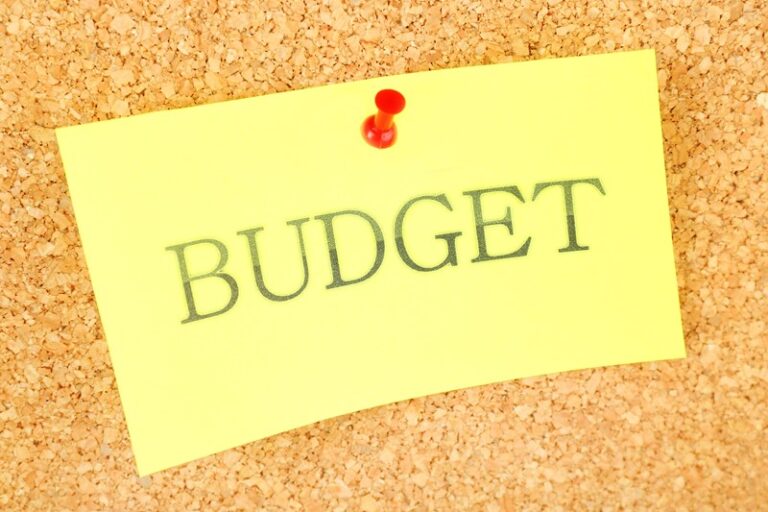Autumn Statement Summary
The Chancellor of the Exchequer, Jeremy Hunt, has delivered his Autumn Statement to the House of Commons. The government continues to be faced with challenging economic conditions as the cost of living crisis continues to affect many families across the UK.
The Chancellor, however, had some good news with inflation falling to 4.6% in October, down from a peak of over 11% last year. This together with the prospect of an upcoming general election suggested that there may have been more giveaways than in a usual Autumn Statement and this seems to have been borne out.
The OBR also provided good news and forecast inflation to continue to fall gradually. CPI inflation is expected to be 4.8% in Q4 2023 and fall further to 2.8% in Q4 2024. The OBR expects CPI inflation to average 1.8% over 2025 before returning to the 2% target in the medium term.
The following summary of the measures announced by the Chancellor as part of the Autumn Statement measures is split into two sections:
- Taxation changes
- Other announcements
Please call if you need to discuss how these changes may affect your business or tax affairs in the coming months.
Taxation changes
National Insurance
The Chancellor announced a number of changes to the National Insurance contributions (NICs) rates.
His first announcement concerned the removal of Class 2 NICs for the self-employed. This means that self-employed people with profits above £12,570 will no longer be required to pay Class 2 NICs from 6 April 2024. Class 2 NICs are currently paid by the self-employed who make profits above £12,570, in order to qualify for benefits such as the state pension. This change effectively abolishes Class 2 NICs for some two million self-employed people. The self-employed benefitting from this change will continue to receive access to contributory benefits including the State Pension. Those currently paying Class 2 NICs voluntarily will still be able to do so at the same rate.
In addition, the Chancellor announced that the main rate of self-employed National Insurance, Class 4 NICs, on all earnings between £12,570 and £50,270 will be cut by 1%, from 9% to 8% from April 2024.
The Chancellor saved his largest giveaway of the Autumn Statement for the end of his speech with the announcement of a reduction in the main rate of Employee National Insurance. This will see Class 1 NICs reduced by 2% from 12% to 10%. Unusually, this measure will come into effect before the start of the next tax year, effectively, from 6 January 2024. Perhaps this can be seen as a not-so-subtle hint of an earlier than expected general election? The Chancellor said this change will save the average worker some £450 a year.
Business Tax – Full expensing
The major announcement in the Autumn Statement affecting business investment related to ‘full expensing’. Full expensing was introduced at Spring Budget 2023 and offers companies the ability to write off the purchase of qualifying plant and machinery. The relief was initially introduced for a 3-year period from 1 April 2023 until 31 March 2026. In the Autumn Statement, the Chancellor announced that the government will now make full expensing permanent. According to the Chancellor, this means that the UK will now have one of the most generous capital allowances regimes in the world.
Full expensing is available on expenditure that includes, but is not limited to, warehousing equipment such as forklift trucks, tools such as ladders and drills, construction equipment such as bulldozers and excavators, machines such as computers and printers, vehicles such as tractors, lorries and vans, office equipment such as chairs and desks, and some fixtures such as kitchen and bathroom fittings and fire alarm systems. This effectively allows qualifying purchases to be written off completely against company taxable profits in the year when purchased.
Business Tax – R&D
The existing R&D Expenditure Credit and Small and Medium Enterprise Scheme will be merged from April 2024, simplifying the system and boosting innovation in the UK.
The rate at which loss-making companies are taxed within the merged scheme will be reduced from 25% to 19%, and the threshold for additional support for R&D intensive loss-making SMEs will be lowered to 30%, benefiting a further 5,000 SMEs.
Other announcements
National Living Wage increases
Promoted as the “Biggest ever increase to the National Living Wage (NLW)” the Chancellor confirmed the following changes that will apply from 1 April 2024. For the first time, eligibility for the NLW will be extended to 21 year olds. The increase will see the NLW rate increased to £11.44 per hour.
The National Minimum Wage (NMW) rates are also to be increased from the same date, 1 April 2024.
The new rates will be:
- 18 to 20 year-old rate will be £8.60 per hour
- 16 to 17 year-old rate will be £6.40 per hour
- The apprentice rate will also be £6.40 per hour
It is interesting to reflect that the impact of these increases will fall on employers, not the government.
Back to Work
The government is expanding its programme of employment support for the long-term unemployed for two years from 2024 across England and Wales.
Mandatory work placements will boost skills and employability for those who have not found a job after 18 months of intensive support. Those who choose not to engage with the work search process for six months will have their claims closed and benefits stopped.
Making Tax Digital
It was announced during the Autumn Statement that the government will introduce a package of changes to simplify the design of Making Tax Digital (MTD) for Income Tax Self-Assessment (ITSA). This will benefit 1.7 million businesses and landlords set to be mandated to use MTD.
It was announced late last year that the introduction of MTD had been delayed until April 2026. From that date, those with annual income over £50,000 will be mandated to join the scheme, followed by those with income over £30,000 from April 2027. The government has said they will keep under review the decision on whether MTD for ITSA will be extended to businesses and landlords with income below £30,000.
Business Rates
The Chancellor announced a business rates support package worth £4.3 billion over the next 5 years. This included a rollover of 75% Retail, Hospitality and Leisure relief for 230,000 properties and a freeze to the small business multiplier, which will protect around 90% of ratepayers for a fourth consecutive year.
Investment Zones
The Investment Zones programme and freeport tax reliefs will be extended from 5 years to 10 years. This will double the envelope of funding and tax reliefs available in each Investment Zone from £80 million to £160 million, to provide greater certainty to investors.
The Chancellor also announced that three advanced manufacturing Investment Zones will be established in Greater Manchester, East Midlands, and West Midlands.
Alcohol duty
As part of the Autumn Statement measures the Chancellor announced, to a big cheer, that the duty rates on beer, cider, wine and spirits will be frozen at the current rates until 1 August 2024.
Tobacco duty
The duty rates on tobacco products were increased by 2% above the rate of inflation (based on RPI) effective from 6pm on 22 November 2023. The Chancellor also announced that the duty for hand-rolling tobacco increased by RPI plus 12% at the same time. The government remains committed to maintaining high tobacco duty rates as a tool to reduce smoking.
Benefits Uprating
Benefit payments will rise by September Consumer Price Index (CPI) inflation – 6.7% rather than what many had predicted which could have seen the Chancellor using the lower 4.6% October rate.
This means the government will raise benefits, including Universal Credit and other working age benefits by 6.7% from April 2024.
The new full State Pension will increase by 8.5%, in line with average earnings growth, from £203.85 per week in 2023-24 to £221.20 per week in 2024-25. The basic State Pension and Pension Credit standard minimum guarantee will also increase by the same percentage.
Local Housing Allowance
To support low income households, the government will increase the Local Housing Allowance rate to cover the lowest 30% of rents from April 2024. This will benefit 1.6 million households with an average gain of £800 next year.














